Could the advancement of ‘Non Player Character’ tech give us a glimpse of being able to bersion ourselves?
Category: evolution – Page 99
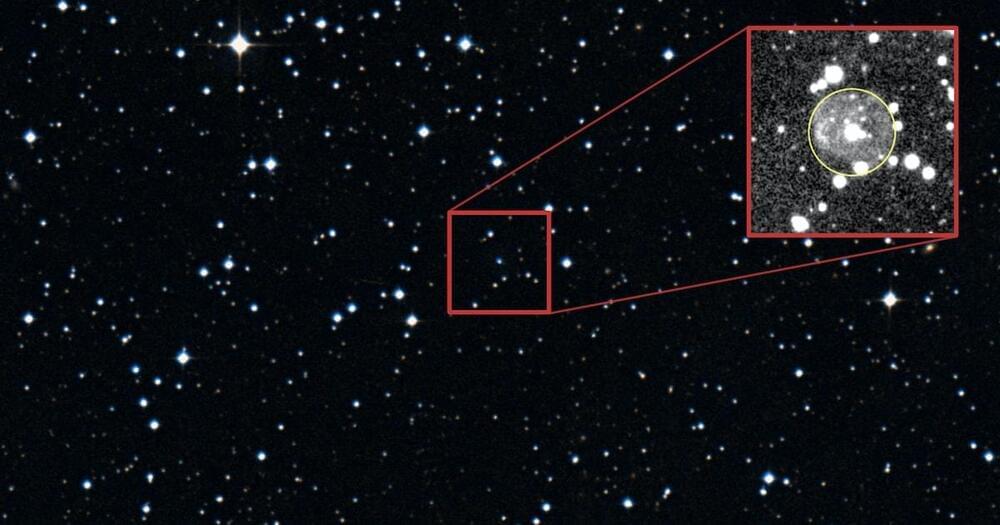
Astronomers find a group of zombie stars 20 times hotter than the Sun
Of course, all stars are hot compared with anything we’re used to here on Earth. But while the Sun’s surface chills at a steady 6,000 degrees Kelvin, these stars’ extreme temperatures range from 100,000 to 180,000 degrees.
These are “stars which are a little bit outside the canonical evolution,” Klaus Werner of the University of Tuebingen’s Kepler Centre for Astro and Particle Physics, a co-author of the paper, tells Inverse. “These stars are strange.”
Even among the ultra-hot white dwarfs known by the designation PG1159, the selection that cropped up in this survey lack the helium normally found in their atmosphere: instead, they’ve burned it all away, fusing it into a solar atmosphere of pure carbon and oxygen.
Cosmic superbubble’s magnetic field charted in 3D for the first time
Astronomers at the Center for Astrophysics | Harvard & Smithsonian (CfA) have unveiled a first-of-its-kind map that could help answer decades-old questions about the origins of stars and the influences of magnetic fields in the cosmos.
The map reveals the likely magnetic field structure of the Local Bubble—a giant, 1,000-light-year-wide hollow in space surrounding our Sun. Like a hunk of Swiss cheese, our galaxy is full of these so-called superbubbles. The explosive supernova deaths of massive stars blow up these bubbles, and in the process, concentrate gas and dust—the fuel for making new stars —on the bubbles’ outer surfaces. These thick surfaces accordingly serve as rich sites for subsequent star and planet formation.
Scientists’ overall understanding of superbubbles, however, remains incomplete. With the new 3D magnetic field map, researchers now have novel information that could better explain the evolution of superbubbles, their effects on star formation and on galaxies writ large.
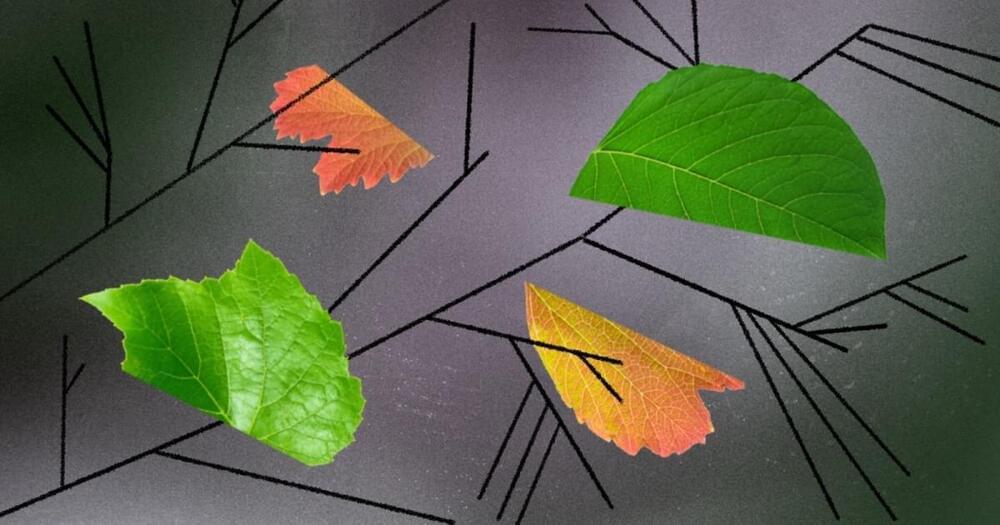

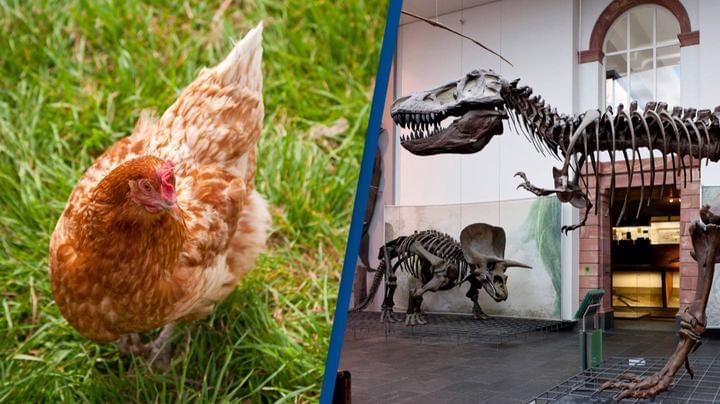
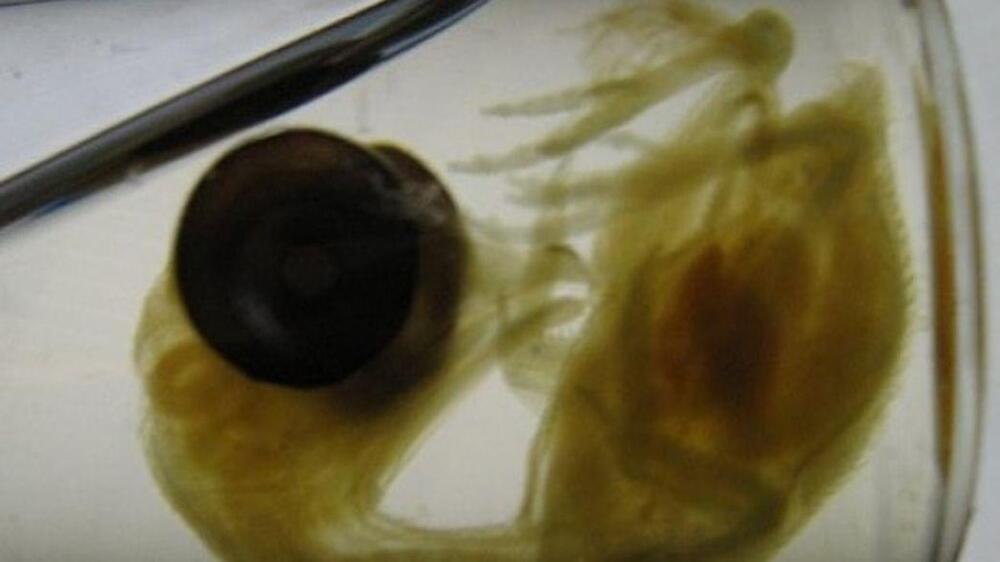
Dinosaur Legs Grown On Genetically Modified Chicken Embryos In World First
Sixty-six million years ago, the age of the dinosaurs came to a dramatic close as a huge asteroid impact accelerated them on a path towards extinction. Not all of them died out, however; those that survived went on to become today’s birds.
Scientists are still trying to carefully map out the anatomical changes that occurred between dinosaurs and birds during this time, and there’s arguably no better way to do this than to engage in a little “reverse evolution.” With this in mind, a team of researchers has grown “dinosaur legs” in chicken embryos, as revealed in their study in the journal Evolution.
Remarkably, previous research manipulating chickens into “becoming” dinosaurs has already taken place. Back in 2015, a study showcased that chickens that had been tweaked during embryonic development could grow a dinosaur-like snout. A year earlier, a more low-tech study demonstrated how a few strategically-placed weights could make a chicken walk along like a Tyrannosaurus rex.
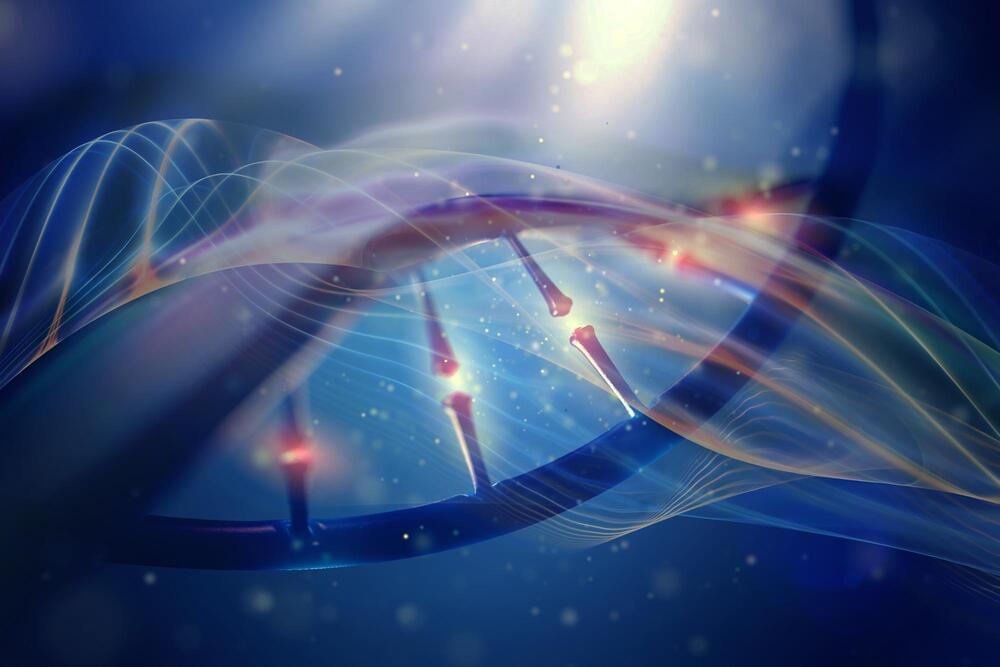
Researchers Discover That Our Ancient Ancestors Were More Complex Than Previously Thought
A new study by researchers at the University of Nottingham has shed light on the complexity of our ancient ancestors, solving an important piece of the animal evolution puzzle.
A new study by researchers at the University of Nottingham has revealed that our ancient ancestors were more complex than originally thought, solving an important piece of the animal evolution puzzle.
In the distant past, animals underwent a significant evolution by developing bilateral symmetry and two gut openings. This allowed them to move faster through the early seas, find food and extract nutrients more efficiently, and protect themselves from predators. The success of this trait can be seen in the diverse range of animals that still possess bilateral symmetry and two gut openings today, including humans, starfish, sea cucumbers, elephants, crickets, and snails. Additionally, a group of simple marine worms called Xenacoelomorphs also exhibit this trait, despite lacking the complex features of other animals.
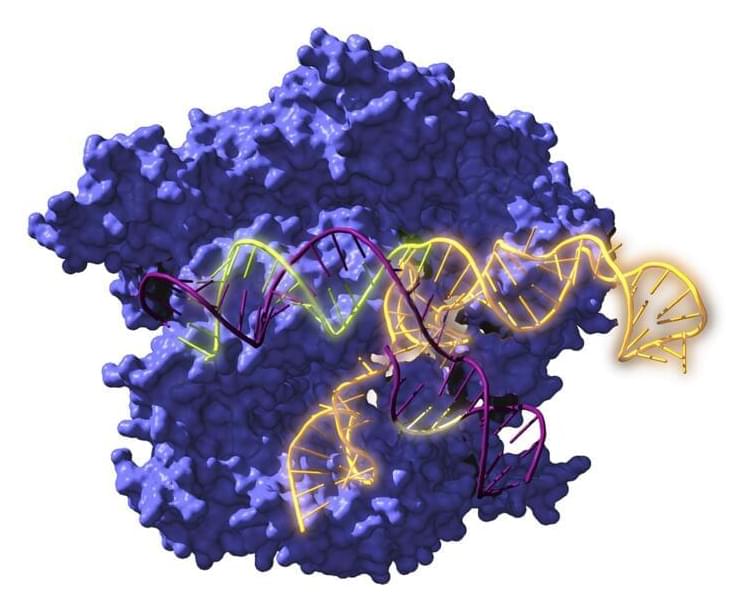
2.6 billion-year-old ancestors of the CRISPR gene-editing tool are resurrected
An international research group has for the first time reconstructed ancestors dating back 2.6 billion years of the well-known CRISPR-Cas system, and studied their evolution over time. The results suggest that the revitalized systems not only work, but are more versatile than current versions and could have revolutionary applications. Nature Microbiology has published the results of this research, which, in the opinion of the research team, “opens up new avenues for gene editing.”
The project, led by Ikerbasque research professor Rául Pérez-Jiménez of CIC nanoGUNE, involves teams from the Spanish National Research Council, the University of Alicante, the Rare Diseases Networking Biomedical Research Center (CIBERER), the Ramón y Cajal Hospital-IRYCIS and other national and international institutions.
The acronym CRISPR refers to the repeated sequences present in the DNA of bacteria and archaea (prokaryotic organisms). Among the repeats, these microorganisms harbor fragments of genetic material from viruses that infected their ancestors; that enables them to recognize a repeat infection and defend themselves by cutting the invaders’ DNA using Cas proteins associated with these repeats. It is a mechanism (CRISPR-Cas system) of antiviral defense. This ability to recognize DNA sequences is the basis of their usefulness, and they act as if they were molecular scissors. Nowadays CRISPR-Cas technology enables pieces of genetic material to be cut and pasted into any cell, so that it can be used to edit DNA.
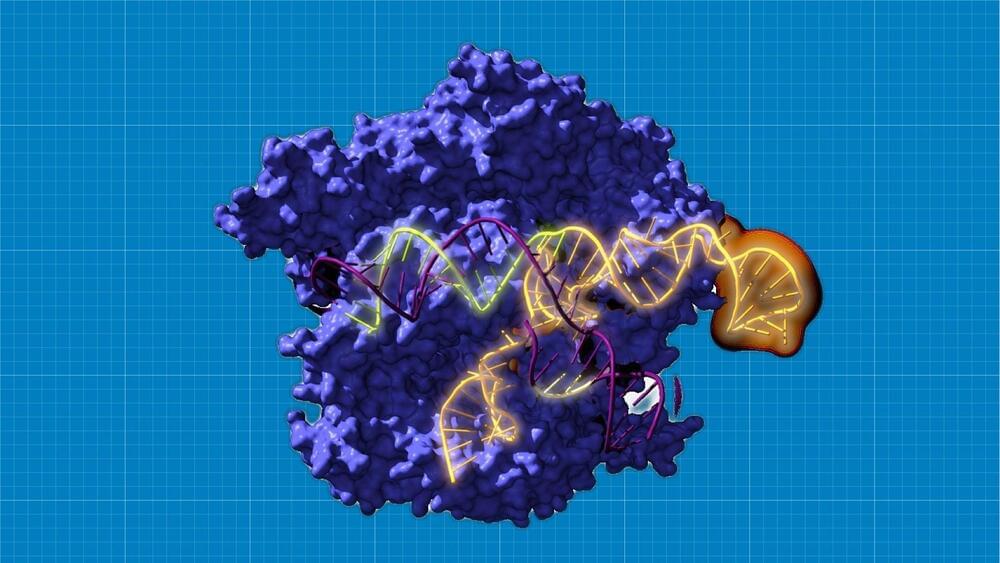
New study reveals 2.6-billion-year-old resurrected enzymes can still edit cells
“This research signifies an extraordinary advance in knowledge about the origin and evolution of CRISPR-Cas systems.”
An international research team reconstructed the CRISPR-Cas system for the first time, dating back to 26 billion years ago. Their findings imply that the revived systems are functional and more adaptable than the previous iterations.
Led by teams from the Spanish National Research Council, the University of Alicante, the Rare Diseases Networking Biomedical Research Center (CIBERER), the Ramón y Cajal Hospital-IRYCIS, and other national and international institutions are working with Ikerbasque research professor Rául Pérez-Jiménez of CIC nanoGUNE.